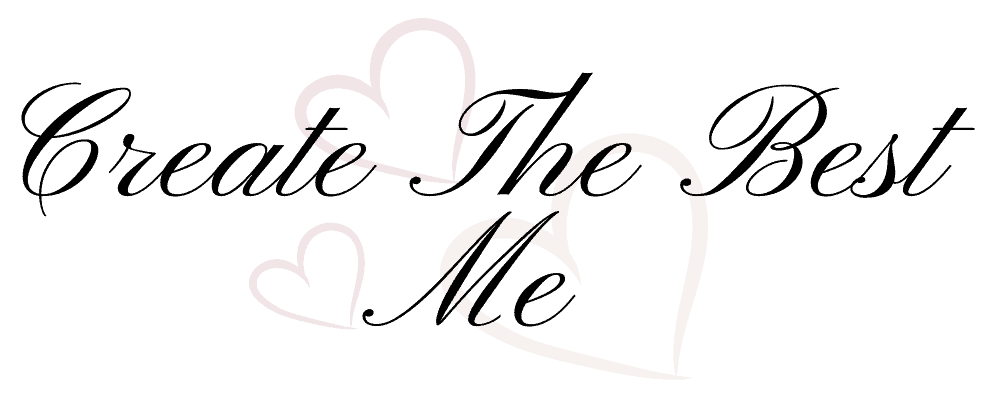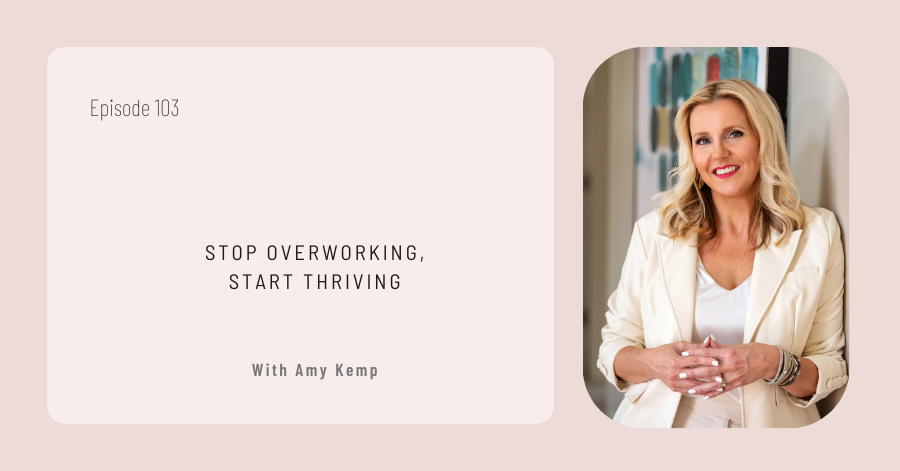Stop Overworking, Start Thriving
Discover How Mindful Rest Fuels Midlife Success and Growth
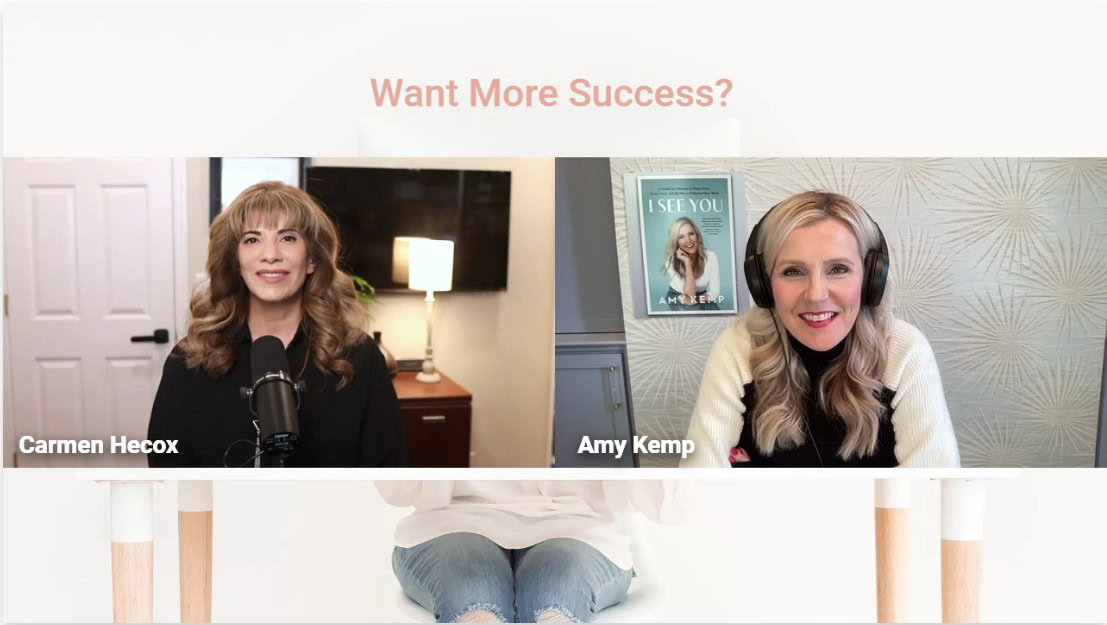
I want you to imagine a moment where you pause in the middle of your hectic day and think to yourself, “Is there a better way to stop overworking?” That question can stop you in your tracks. It certainly did for me. I’ve spent a significant part of my life juggling multiple commitments—family, work, and my personal aspirations—only to realize that my pursuit of success often left me exhausted and unfulfilled.
In the next few paragraphs, I’ll share how slowing down became the most productive choice I’ve ever made and why it just might be the shift you need. If you stick with me, you’ll learn how to identify subconscious habits of thinking that drain your energy, ways to step boldly into leadership without sacrificing your well-being, and methods to lighten your load so you can focus on what truly matters.
Before we jump in, let me introduce Amy Kemp—a dedicated teacher at heart, a leader in business, a coach with a passion for helping women thrive, and an author of a profoundly insightful book titled I See You. She spent over 20 years in sales and leadership and the past eight years building her own enterprise focused on unveiling the hidden thought patterns that hold us back. Amy’s mission resonates deeply with my own journey, which is why I invited her to share her perspective. She believes in guiding women to recognize and replace unhealthy, subconscious habits so they can achieve greater accomplishments with less stress.
Below are some major themes that Amy and I touched on. Each of these areas can become an incredible door to greater freedom, whether you’re scaling a small business, pivoting in midlife, or simply seeking a more joyful approach to success.
Amy Kemp Embracing Mindset Shifts for Lasting Change
The Internal Work that Makes All the Difference
I used to think success was directly tied to how hard I worked. The more hours I clocked, the more results I’d see—right? Over time, I realized I was relying on external actions to fix internal obstacles. That’s when Amy’s perspective resonated with me the most: You can’t outwork your thought habits.
Let that sink in. We often assume that if something isn’t going right, we just need to try harder. Wake up earlier, stay up later, and cram more into our day. The problem is that, eventually, the subconscious patterns we’ve learned over the years (sometimes decades) will bubble to the surface and undermine all our efforts.
The Power of Small Steps
For those of us who are used to going all-in, the idea of taking small, incremental actions can feel laughable at first. But making subtle adjustments—like taking a 10-minute morning walk to gather your thoughts or pausing to breathe deeply before responding to an email—creates lasting progress. Each tiny step has the potential to rewire habits that have silently shaped our decisions.
Redefining “Have to” as “Get to”
Try a little experiment: notice how often you say, “I have to do this,” “I should do that,” or “I need to.” These phrases weigh you down like an invisible backpack filled with heavy bricks. Turning that language into “I get to” or “I choose to” lifts a massive burden off your shoulders. And it’s not just semantics—when your mind shifts from obligation to empowerment, your energy skyrockets.
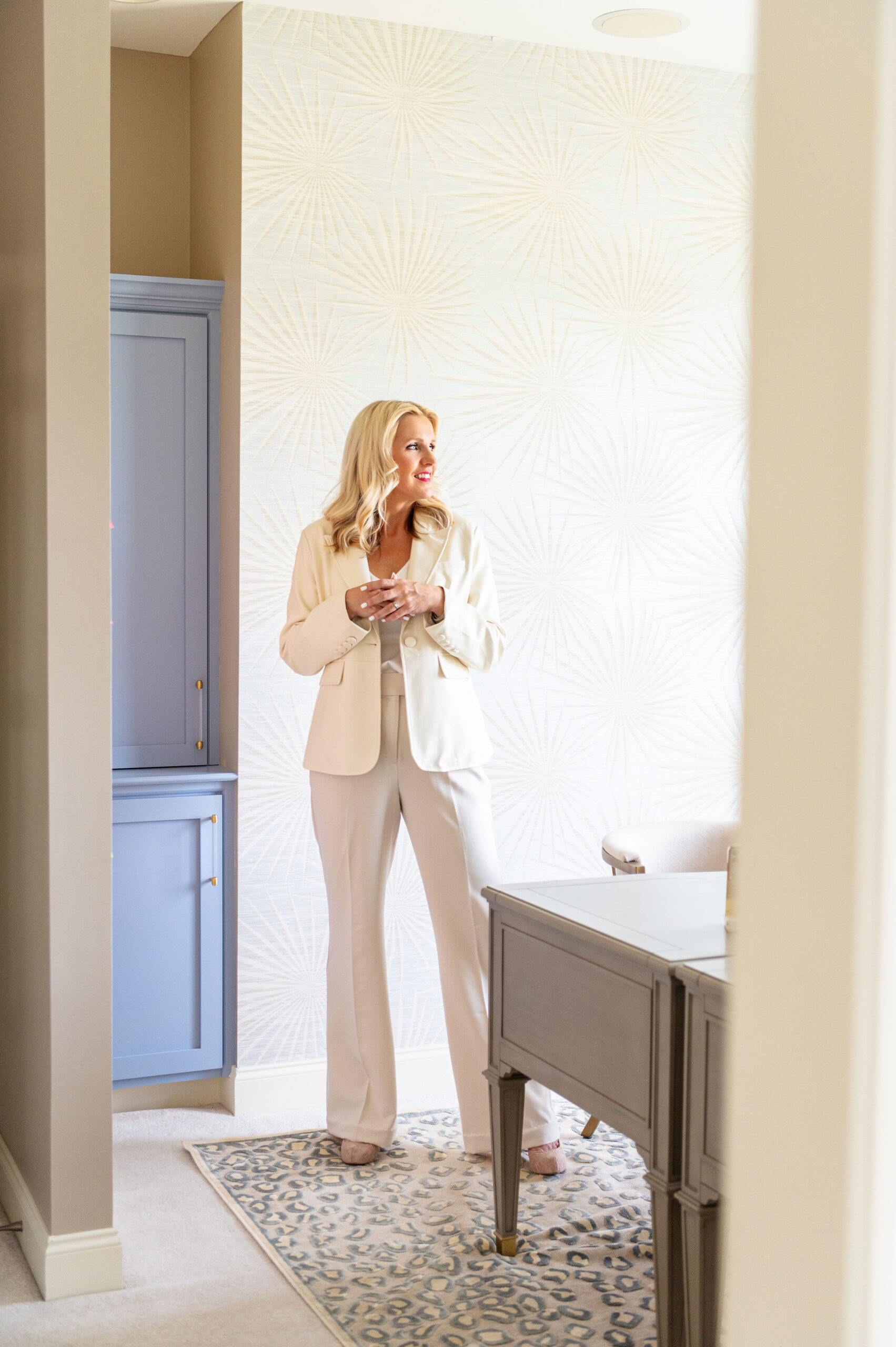
Understanding Subconscious Habits of Thinking
Why Your Brain Resists Change
If you feel stuck but can’t pinpoint why, there’s a good chance subconscious thought patterns are sabotaging your progress. Our brains are wired for survival, which often means clinging to old mental routines that once protected us. As Amy explained, these hidden grooves shape 80 percent of our thinking without us even noticing.
Identifying Self-Sabotage
A common self-defeating pattern is perfectionism. It’s easy to wear perfectionism as a badge of honor, especially in a world that praises meticulous work. But perfectionism can morph into an endless cycle of anxiety and comparison, ultimately blocking us from moving forward. Another pattern is non-confrontational thinking, where you believe the only options are either to stay silent or risk a blow-up. Real progress lies in discovering healthier ways to address issues head-on.
Tools for Discovery
Amy uses an assessment called the Habit Finder (which you can take for free on her website) to reveal these hidden patterns. I love this tool because it’s not about slapping a label on your personality. It delves into how your brain is actually wired, helping you pinpoint where your mental “default settings” might be keeping you from thriving.
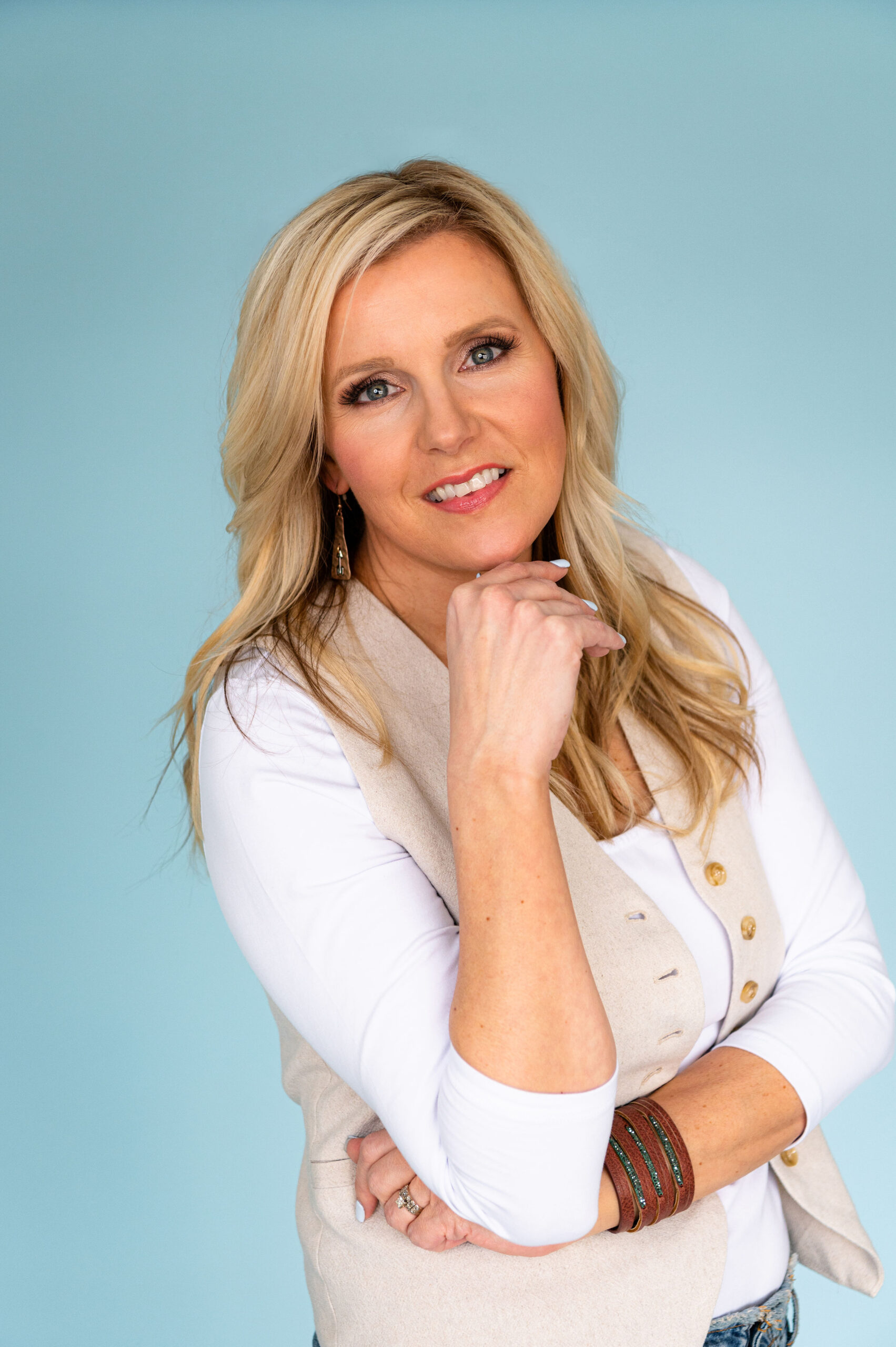
Women in Leadership: Redefining the Norm
Stepping Forward with Confidence
For a long time, I felt that “leadership” had only one definition: the loud, charismatic figure at the front of the room telling others what to do. Then I noticed how many of my female friends and colleagues described themselves as anything but leaders—despite effectively running entire departments or launching successful businesses.
The truth is, leadership comes in countless forms. Women often excel at building collaborative relationships, listening deeply, and drawing out the best in others. The issue is that society rarely celebrates these skills the way it does more traditional approaches.
Overcoming Feelings of Unworthiness
One reason women sometimes avoid leadership roles is tied to the notion of worthiness. We ask ourselves, “Am I good enough? Am I qualified enough?” Then we stack on age or appearance concerns. The result: we talk ourselves out of opportunities before we’ve even explored them.
Hearing Amy share stories of highly accomplished women who still hesitate to label themselves as leaders struck a chord with me. Many of them measure their worth by external standards—an extra degree, more years of experience, or a certain body image—when, in reality, they already have what it takes.
Embracing Collaborative Style
There’s no single blueprint for leadership, and that’s wonderful news. Maybe you prefer to share the spotlight and let your team’s collective strengths shine. Perhaps you thrive by asking more questions than giving instructions. Rather than seeing these approaches as weaknesses, recognize them as the powerful and effective methods they are.
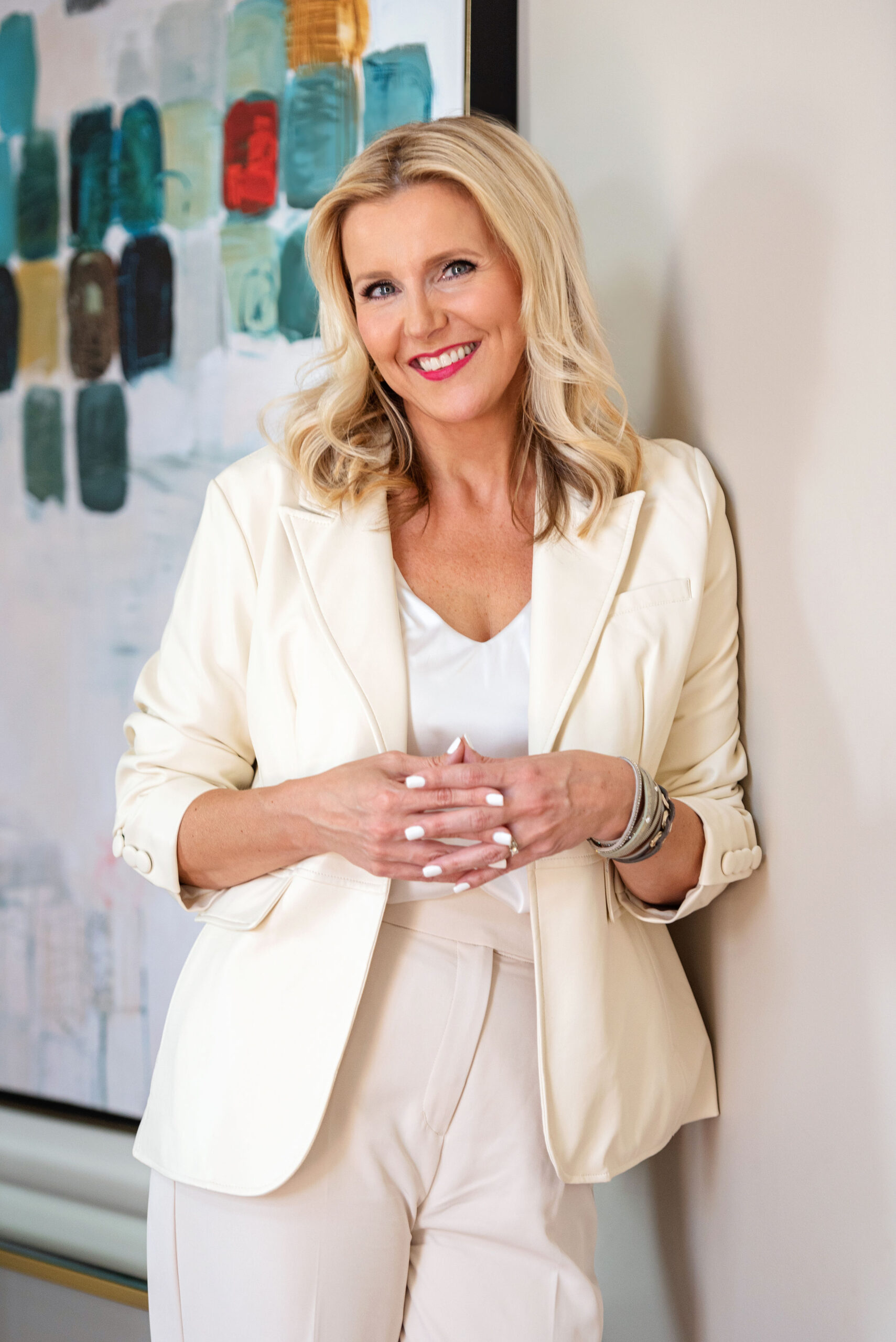
Balancing Professional Growth and Unpaid Labor
Why We’re Exhausted
Let’s talk about unpaid labor—the invisible tasks that pile up outside of official working hours. The grocery shopping, the cleaning, the laundry, the meal planning, and every other chore you can imagine. For many women, it feels like we’re juggling two or three different jobs, most of which go unrecognized.
Like many of you, I spent years rationalizing why I could handle it all. I wanted a thriving career, a strong family life, and a tidy home. But that “do-it-all” attitude came at a steep cost—my health, my stress levels, and eventually, my joy.
Making Intentional Choices
Here’s where self-awareness and teamwork truly come in. First, acknowledge you can’t do everything without consequence. Then ask yourself: Which tasks could I delegate or eliminate? If hiring outside help is feasible, it doesn’t make you any less capable. In fact, you’re contributing to the local economy and opening up space to rest, strategize, and connect with the people who matter most.
Reducing Guilt
We often heap guilt onto ourselves when we can’t juggle it all. But as Amy pointed out, guilt should be reserved for instances where we’ve actually harmed someone. Investing in yourself—whether through a coach, a class, or a few hours of help at home—isn’t hurting anyone. You don’t owe anyone an apology for taking steps to enhance your well-being and future potential.
Join our community
Connect with like-minded individuals.

The Surprising Power of Rest and Reconnection
Slowing Down to Speed Up
One of the most memorable anecdotes Amy shared was about a woman who took every Friday off only to see her business quadruple. That story stuck with me because it challenges our deeply ingrained belief that constant hustle is the only way forward. In my life, the moment I permitted myself to rest, I noticed a surge in creativity and mental clarity.
Think about it: if our brains are constantly in “go” mode, when do we get the chance to think differently or spark new ideas? Rest is the vital pause that allows us to reconnect with ourselves, often leading to breakthroughs that wouldn’t appear in the midst of endless deadlines.
Intuition as a Guiding Force
When we push ourselves relentlessly, we silence our intuition—the quiet inner voice that says, “Take a break,” or “This partnership doesn’t feel right.” Over time, ignoring these cues can lead to serious repercussions, like chronic stress or even those silent heart attacks that go undetected.
Relearning how to trust our instincts can be as simple as scheduling short stretches of alone time—like a peaceful walk or a reflective cup of tea—and truly listening to what arises. You might surprise yourself with how many sound business ideas, relationship insights, or personal revelations come from a single moment of stillness.
Guilt-Free Leisure
Resting without guilt is a skill. If you’ve spent decades defining your worth by productivity, you might feel uneasy about it at first. But whether you spend a weekend reading on the couch or take an impromptu day trip, notice how your perspective shifts when you give yourself permission to indulge in recharging. Not only will you return to your responsibilities with greater energy, but you’ll also model a healthier lifestyle for those around you—colleagues, friends, and family.
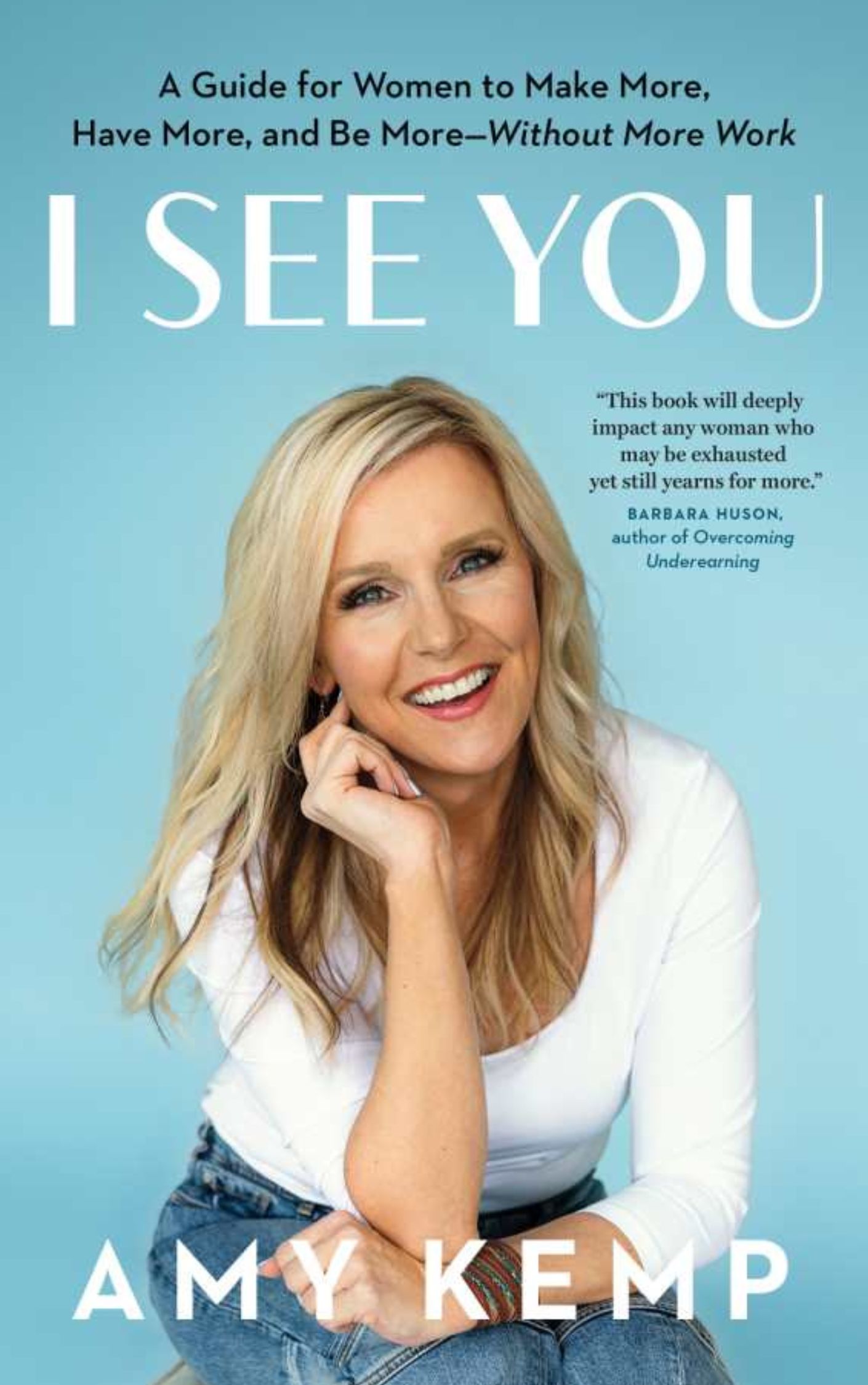
A Snapshot of Amy Kemp’s Encounter Program
While I aim to embody many of the principles Amy talks about, I want to highlight the program she offers called Encounter. It runs in semesters, much like the school year, and brings together groups of 8 to 10 women from various industries—education, government, corporate, and entrepreneurship. Participants take the Habit Finder assessment, then work closely under Amy’s guidance to identify their subconscious thought patterns.
One of the core aspects of Encounter involves learning new ways to address challenges—particularly that hidden resistance we feel when we’re trying to move forward. It could be launching a new business, stepping into an executive role, or simply balancing professional growth with family life. The sessions focus on practical steps to rewrite internal dialogues like “I’m not good enough” into “I am capable of doing great things.”
I’ve observed how a supportive environment, coupled with consistent, targeted exercises, can pave the way for remarkable change. The women in Encounter often discover that by shifting a few key thought habits, they unlock a new level of performance and personal fulfillment.
How to Move Forward: Three Key Takeaways
- Take One Tiny Step
If you feel overwhelmed, start small. Read a new book (like “I See You”), take a short assessment, or commit to a daily mindful exercise. Millimeter progress still moves you forward. - Seek Community, Not Isolation
Real change happens in relationships—whether through a mentor, a coach, or a group of peers who understand your goals. Resist the urge to tackle everything on your own. - Never Apologize for Self-Investment
Whether it’s hiring a coach, delegating household tasks, or scheduling personal development time, do it confidently. You’re not harming anyone by seeking ways to grow.
Why Slowing Down Is the Quickest Way Up
The next time you catch yourself saying, “I have to,” consider flipping that script to “I get to.” Notice the weight that lifts and the possibilities that open up. Yes, it might feel strange at first, especially if you’re like me and have been stuck in a cycle of constant doing. But remember the story: a simple decision to claim a little downtime can open the floodgates to massive professional and personal gains.
If there’s one key message I hope you carry with you, it’s that doing less can often bring you more. More clarity, more peace, more opportunities. Working harder and longer isn’t the only route to success; sometimes, it’s precisely what holds you back.
Final Thoughts and a Call to Action
I’ve learned that real change happens in the quiet moments we carve out for ourselves. Whether you choose to apply one small habit tweak or dive deeper by connecting with people like Amy, I’d love to hear how it reshapes your journey.
If you found value in these insights, join my circle of readers who stay updated with everything I’m working on. I’ll let you know about upcoming events and new articles the moment they drop. It’s the best way to ensure we can keep exploring these ideas—together.
I’m rooting for you. Let’s celebrate each tiny shift, each brave step, and every spark of insight along the way. Here’s to your next breakthrough—and to finding a life where thriving comes as naturally as breathing.
Watch the complete interview here.
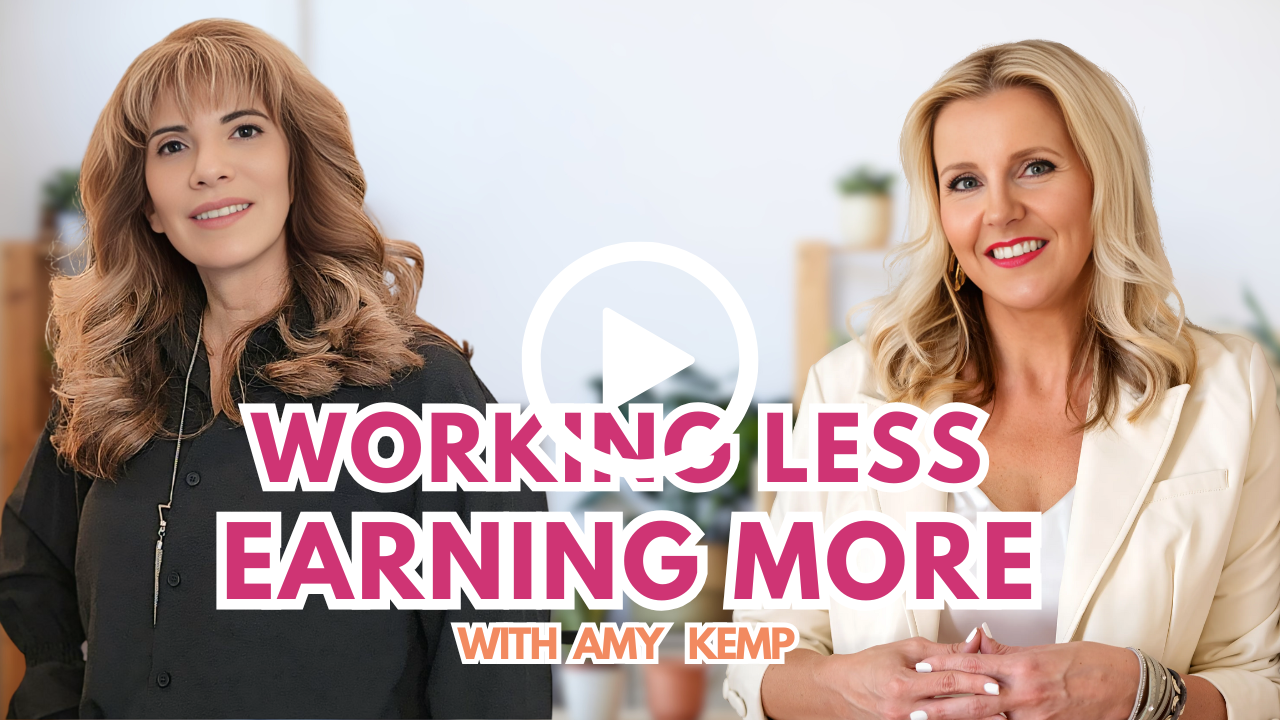
Resources Mentioned:
Free Habit Finder Assessment Quiz
Subscribe to Apple Podcasts, and don't forget to Rate and Review
Like what you heard? If so, please rate and comment on Apple Podcasts. And while you are there, let me know what you want to hear next.
And while you are there, don't forget to hit Subscribe.
